Paleo Slow-Cooked Lamb Roast with Root Vegetables
8 minute read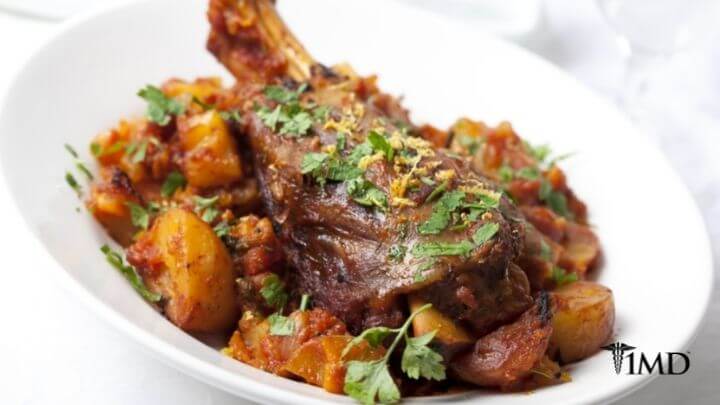
As the weather starts to cool, or even if the night has a slight chill, the first thing we think about is warm food. Traditionally, these warm comfort foods also mean increased carbohydrate intake, which can mean weight gain and increased health risks.
Thankfully, eating the Paleo way helps to support longevity and cardiovascular health as you enjoy those hearty classic meals during the winter months. There may be some questions about the Paleo diet, but one thing that is certain is that by embracing real foods and eliminating those causing inflammation, your bodies will stay warm and healthy.
What a Paleo Diet Does for You
Following a Paleo diet limits toxins that can cause damage to your body. Toxins include industrial seed oils, excess sugar, gluten, and various chemicals, causing you to function below optimal standards.
| Related: Must-Eat Food: The Wondrous Health Benefits of Sweet Potatoes |
The American diet consists largely of processed foods, which are toxic to human health.
You may not notice symptoms or signs of damage immediately, but over the years they can start to wear away your health. The Paleo diet does not eliminate toxins, but it limits your intake while increasing certain nutrients.
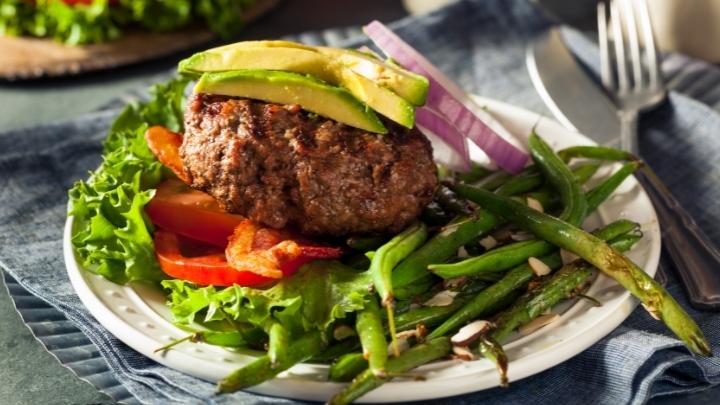
Just as you cannot perform with elevated levels of toxins, your health also deteriorates when nutrient deficient. Nutrients can include vitamins, fats, proteins, minerals and other substances that occur naturally in plants and animals.
They typically represent items that humans have eaten for most of the evolutionary cycle. Many modern diets are lacking in essential nutrients necessary for the human body to thrive.
When you mostly consume processed grains and sugars, you are missing out on many vital nutrients. The foods that contain the highest nutrient value are:
♦ Organ meats, such as liver and kidney
♦ Seafood, especially shellfish
♦ All types of vegetables
♦ Muscle meats, such as lamb, beef and pork
♦ Tubers, like potatoes and yams
♦ Fruits
You have probably been told more than once about your daily recommended caloric intake. This can be misleading when it comes to your health because 2000 calories a day of cookies will not leave you feeling the same as 2000 calories of fruits and vegetables.
| Related: Krill Oil May Save You From Heart Disease |
What you need to pay attention to is what you are eating, rather than how much. Paleo diets ensure you eat quality foods like organic vegetables and grass-fed beef.
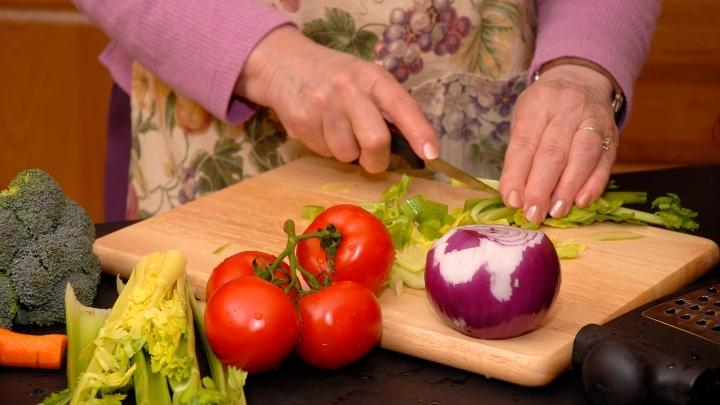
The Paleo-Autoimmune Connection
Autoimmune diseases are conditions in which your immune system mistakenly attacks your body. Normally your immune system protects you from foreign bodies and pathogens by releasing fighter cells to attack them.
With autoimmune disorders, the body is unable to differentiate between healthy cells and foreign ones, and proteins are released to attack healthy cells. Some autoimmune diseases target one organ, such as type-1 diabetes attacking the pancreas, while others attack the whole body, such as lupus.
A rise in incidence for autoimmune diseases has caused researchers to investigate what triggers and even causes them to develop. It is thought that exposure to chemicals or solvents can have an influence.
Additionally, the modern diet is suspected to trigger autoimmune diseases. Highly processed foods are linked to inflammation which is known to set off the immune response. When the response is triggered without presence of an actual pathogen, the body’s healthy cells become the target of attack.
Autoimmune diseases such as multiple sclerosis, lupus, inflammatory bowel disease, psoriasis, rheumatoid arthritis and celiac disease are more common now than ever before. Simple lifestyle changes and following a Paleo diet is one way to reduce your risk of developing one of these.
Nothing says Paleo like a slow cooked lamb roast with root vegetables. This, of course, is just one of many ideas for a nutritious Paleo meal.
| Related: 9 Sleeping Positions to Improve Your Health and Life |
It delivers all the nutrients you need, contains no toxins, and provides the warmth to comfort you during any winter night. Be sure to choose organic vegetables and grass-fed lamb to ensure you get the highest-quality food and most nutrients.
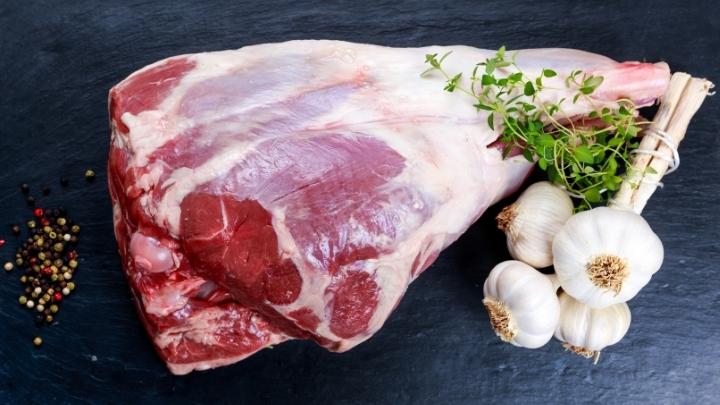
Slow-Cooked Lamb with Root Vegetables
Cooking Time: 8-10 hours
Ingredients:
3 to 4 pounds boneless lamb leg roast
Couple generous pinches each of sea salt and pepper
1 tbsp ghee
1/2 cup chicken broth
6 cloves garlic, finely chopped
2 to 3 sprigs rosemary, chopped
2 to 3 sprigs thyme, stripped off stalk
1/3 cup stone ground mustard
2 carrots, peeled and chopped
2 parsnips, peeled and chopped
2 Yukon gold potatoes, peeled and chopped
1 small rutabaga, peeled and chopped
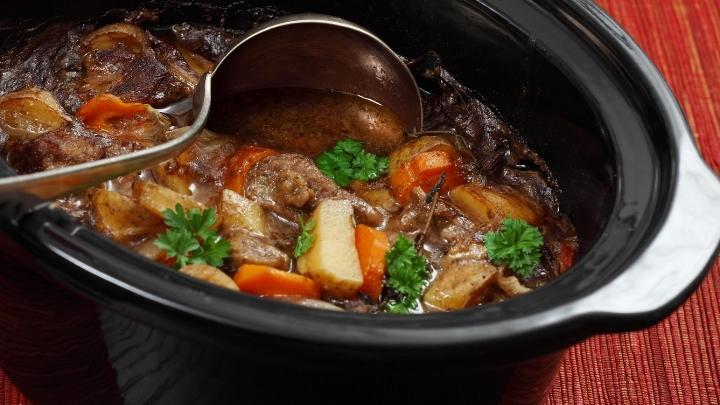
Instructions:
1. First, sear the lamb roast to develop a nice golden crust. To do that, dry the lamb completely with a paper towel and season with a couple generous pinches of salt and pepper. Heat a cast iron skillet over high heat, and then add the ghee. You want the pan smoking hot to make sure the meat sears and does not just steam.
| Related: Heart-Healthy Roasted Broccoli Pancetta Quiche |
Ideally cooking for 3 to 4 minutes a side will get most of the roast seared. Remove the meat from the pan and then reduce the heat to medium. Add the chicken broth, scraping up the brown bits from the bottom of the pan.
2. Place the roast in the slow cooker.
3. In a small bowl, mix the garlic, rosemary, thyme and mustard. Pour this mixture on top of the lamb and use your hands to coat the meat completely.
4. Toss the chopped root veggies (carrots, parsnips, potato and rutabaga) with salt and pepper, and arrange them around the meat.
5. Pour the chicken broth from when you deglazed the pan on top of the veggies.
6. Cook on low for 8 to 10 hours.
7. Serve with a green salad or another veggie of your choice to make a complete meal.
The Bottom Line
Following a Paleo diet is a great way to avoid ingesting toxins and other chemicals, but you should consult with your doctor before starting such a large dietary change. There are plenty of great recipes and meal ideas out there for Paleo foods to keep your meals interesting and keep your health abundant.












